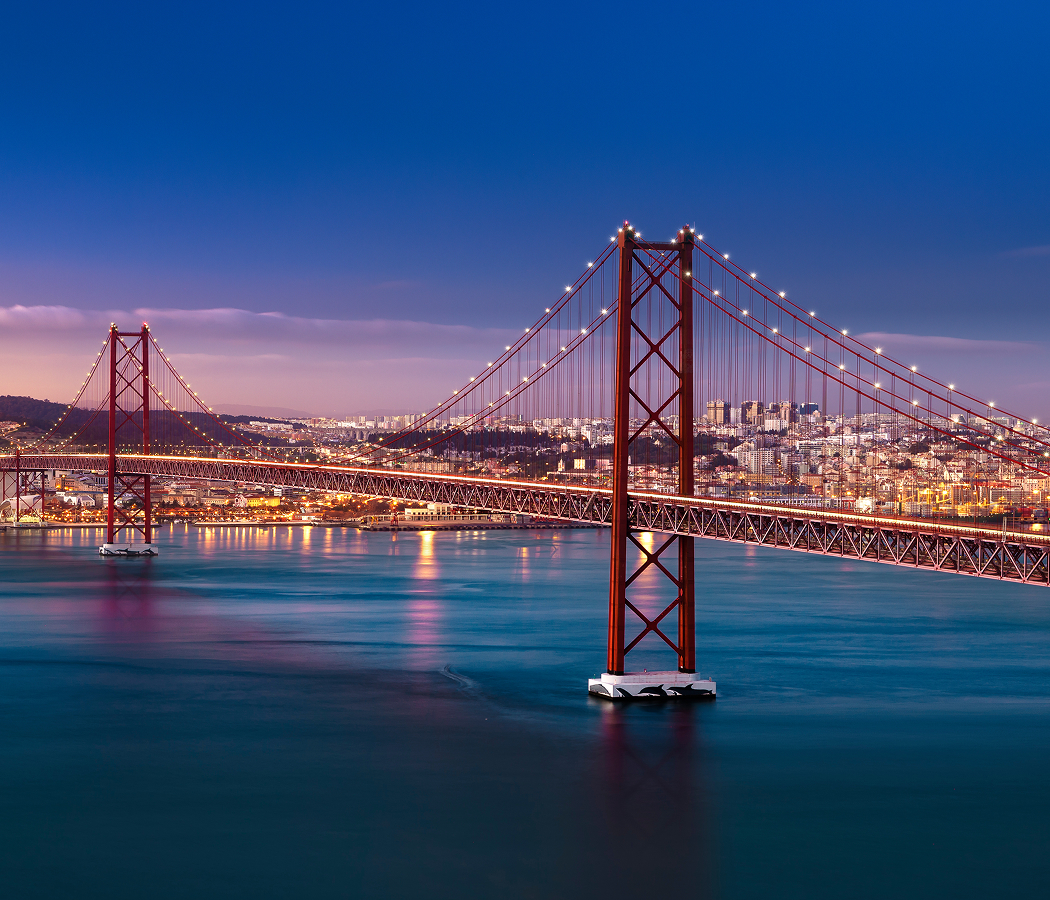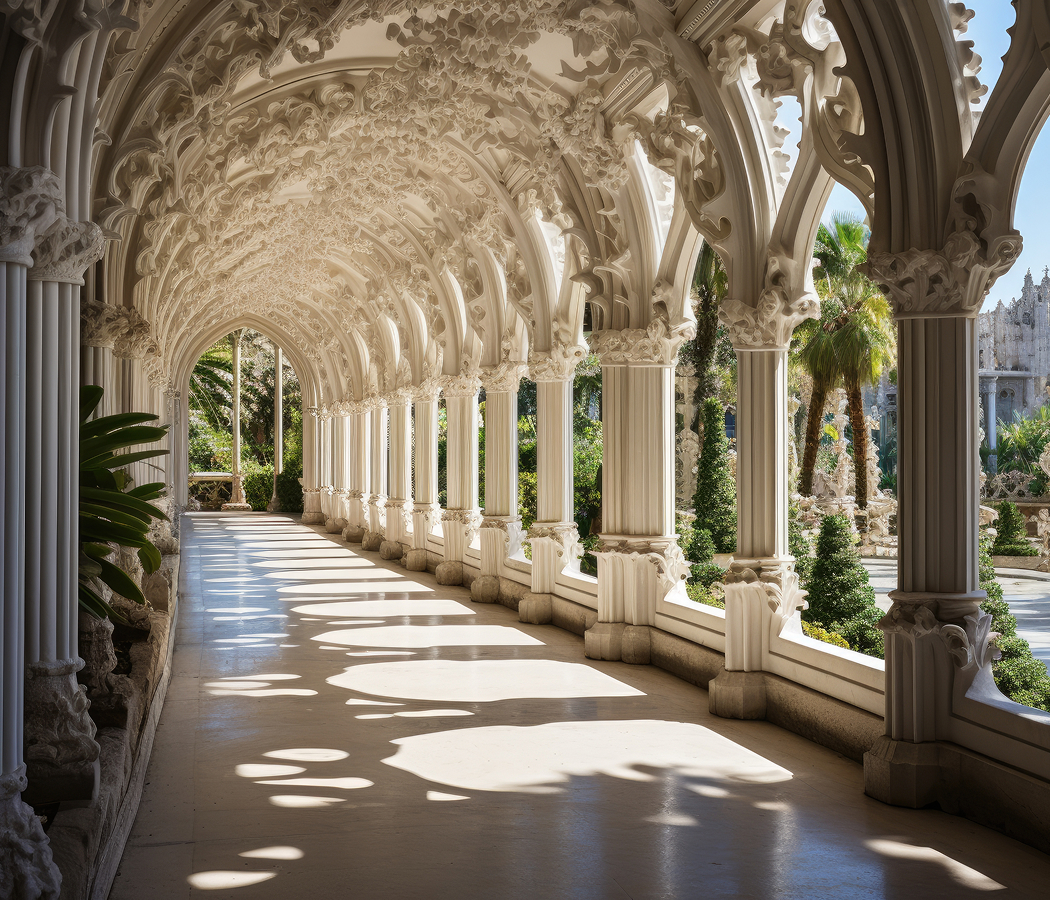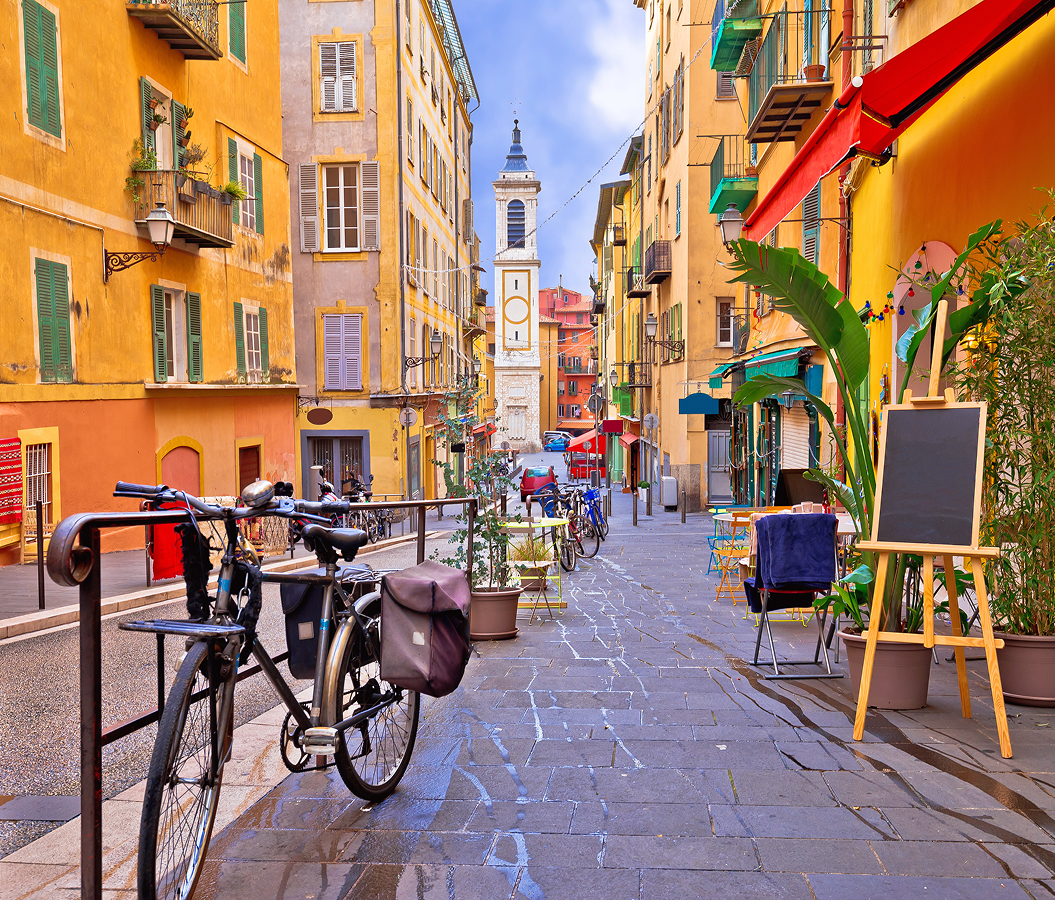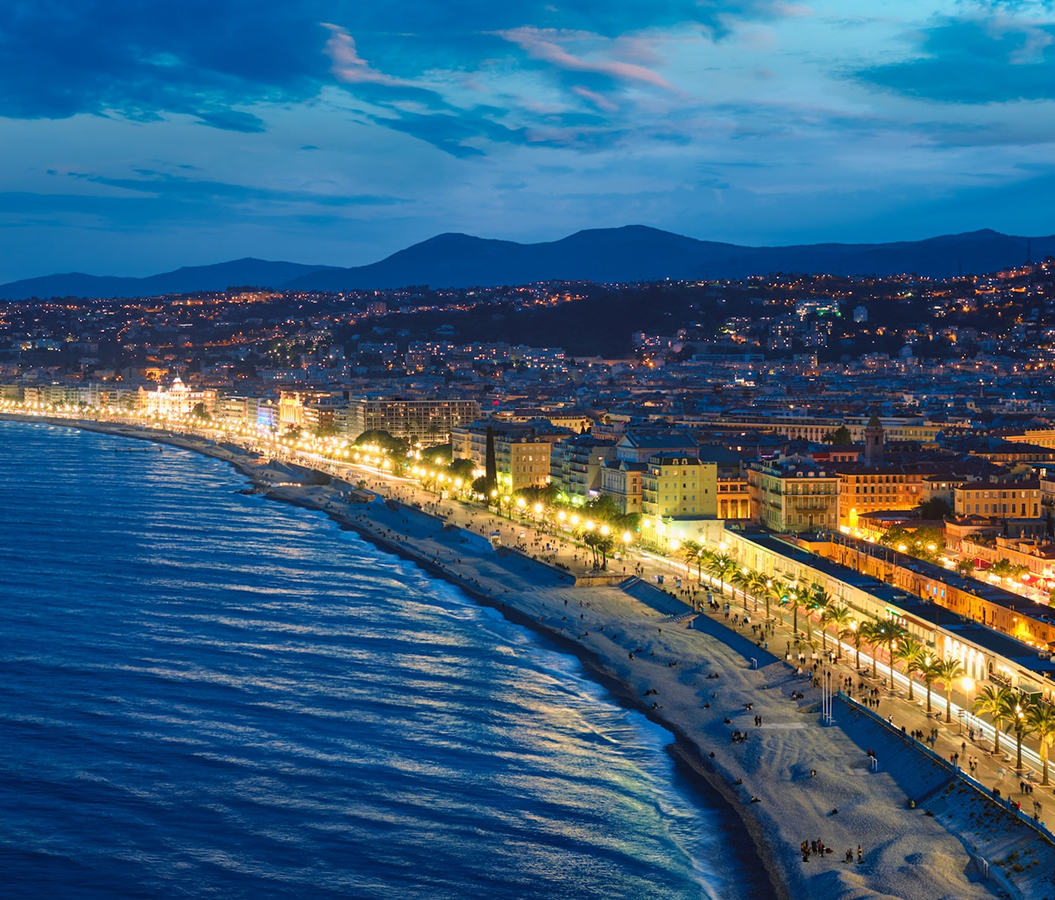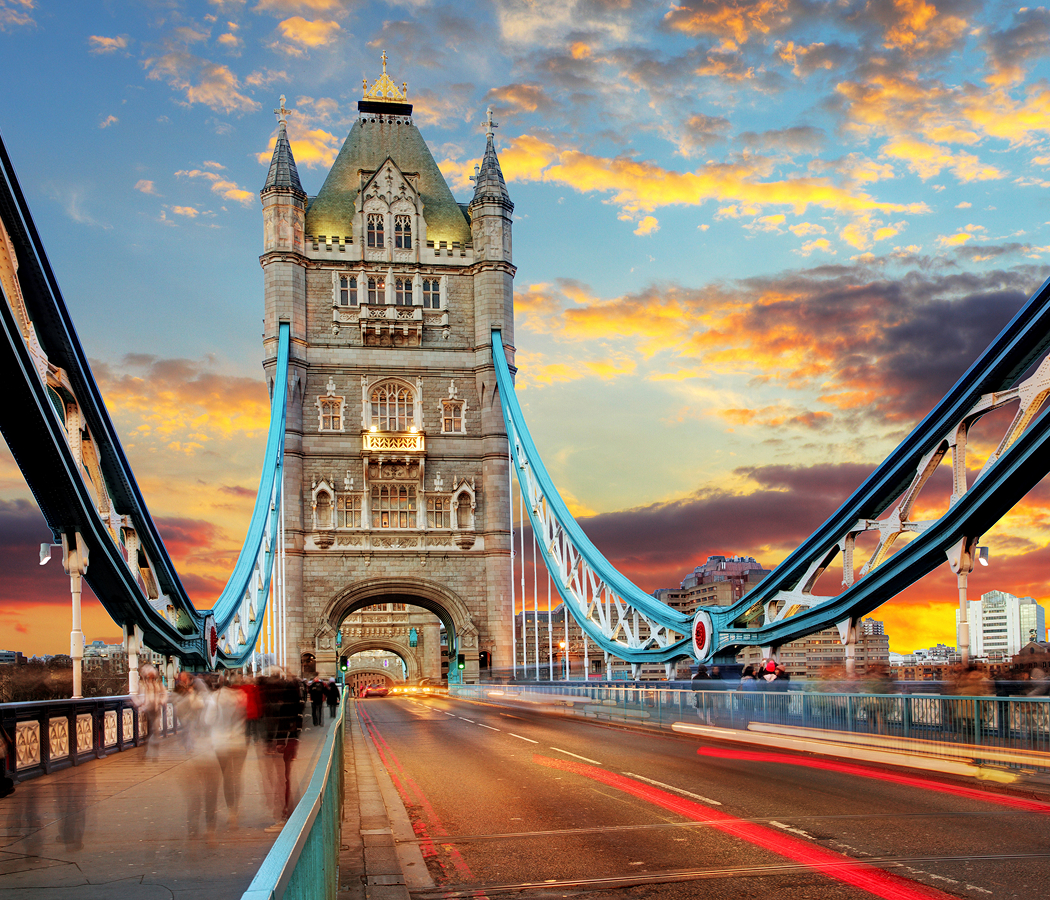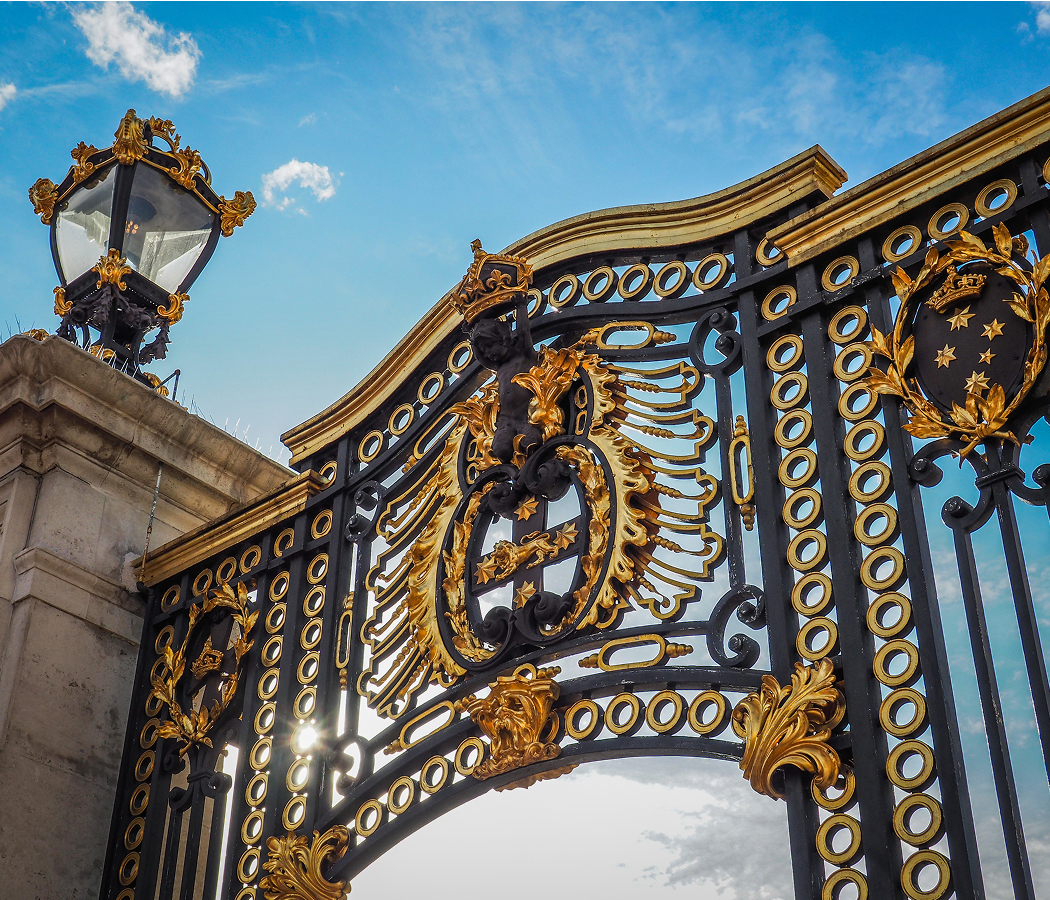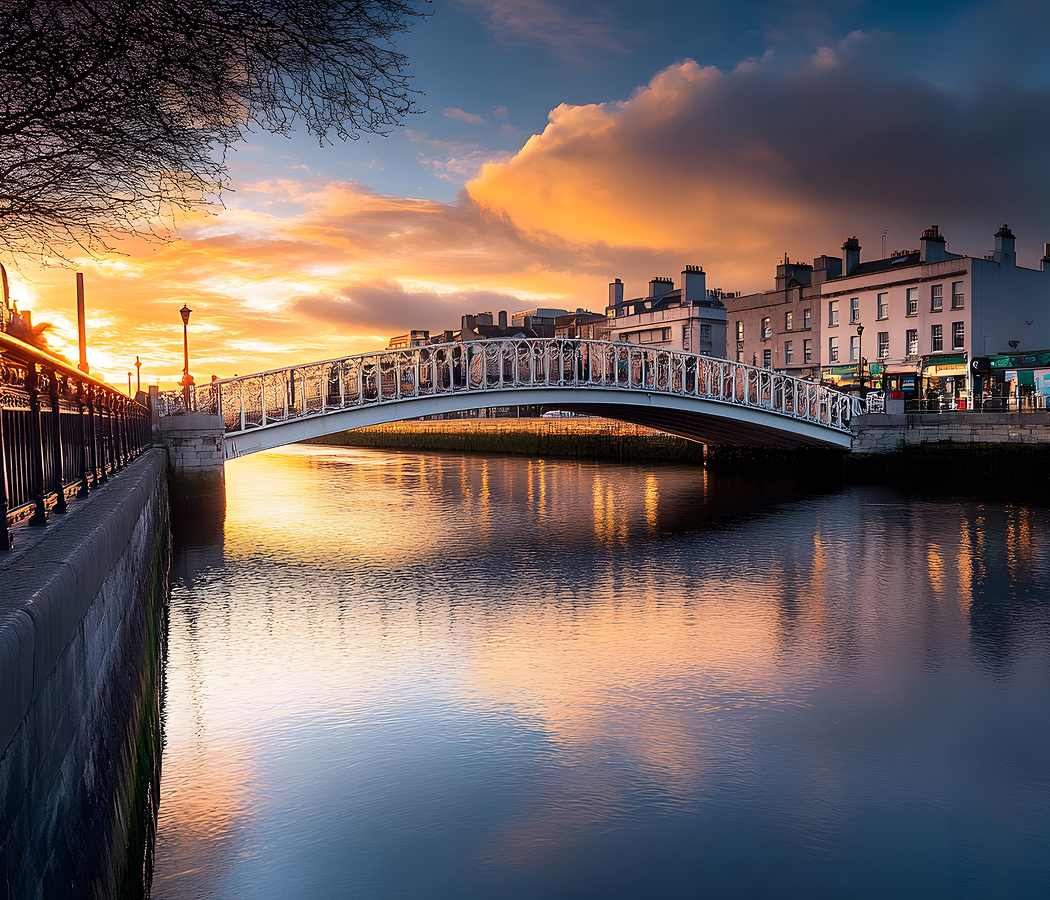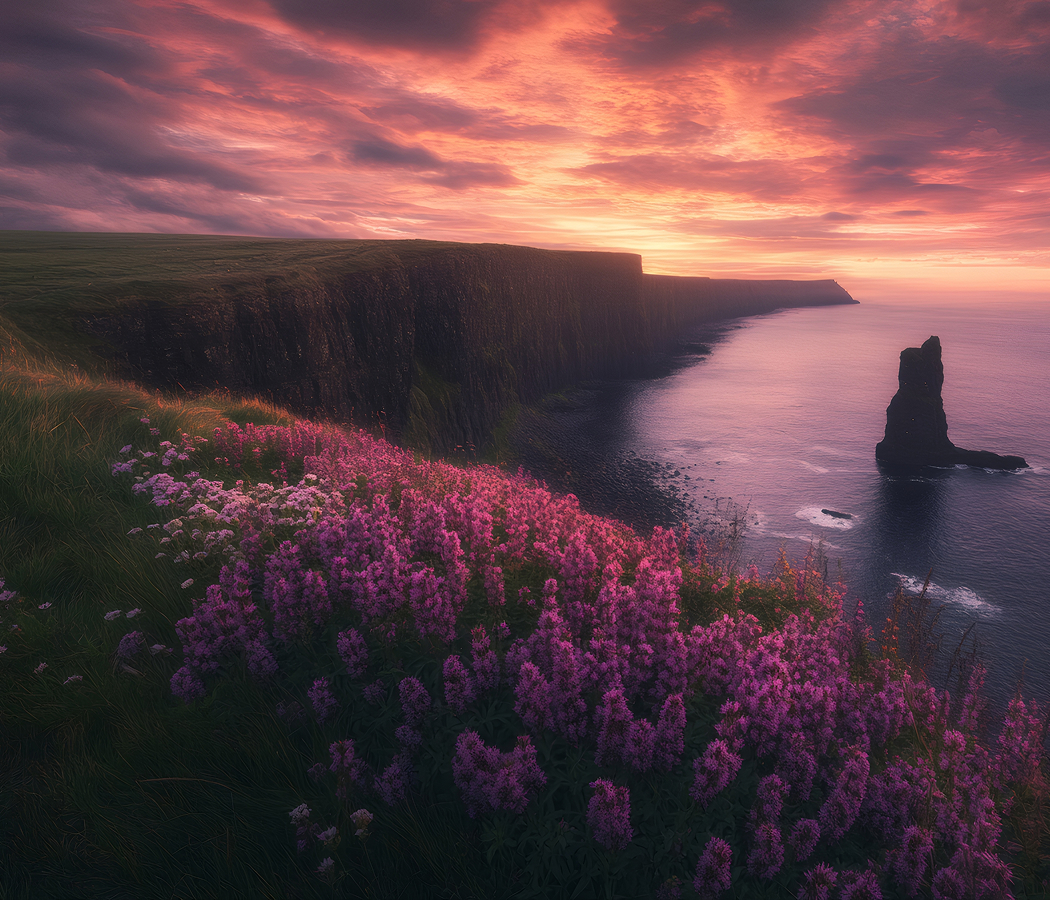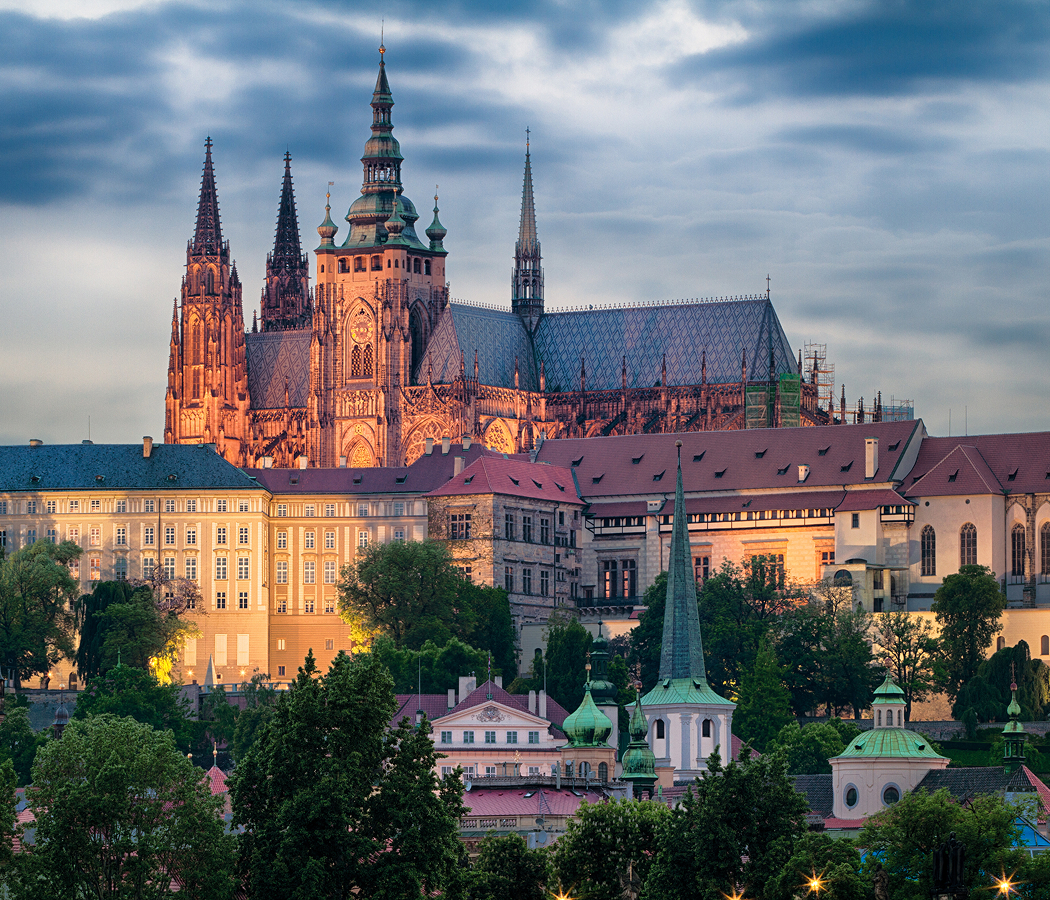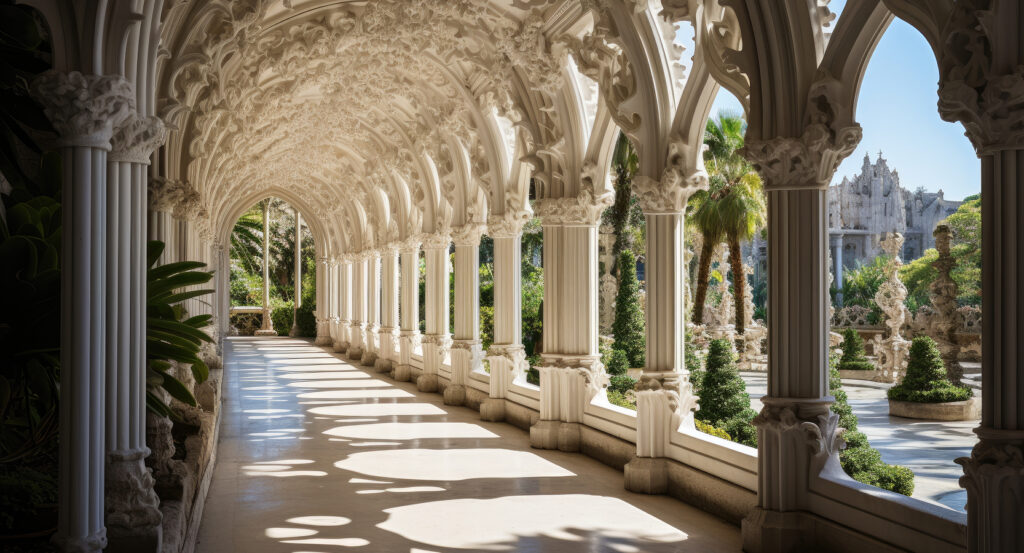
Why you should experience Jerónimos Monastery in Lisbon.
The Jerónimos Monastery isn’t just a monument, it’s Lisbon’s soul in stone, carved from the height of Portugal’s golden age and kissed by the light of the Tagus.
Standing regally in the heart of Belém, this UNESCO World Heritage Site is more than a masterpiece of Manueline architecture; it’s a monument to faith, discovery, and national pride. Step inside its soaring cloisters, and time feels suspended, sunlight streams through lace-like arcades, casting shifting halos on the limestone walls as if the building itself were breathing. Built in the early 16th century to honor Vasco da Gama’s successful voyage to India, the monastery became both a sanctuary for sailors and a symbol of Portugal’s boundless ambition. Every pillar and portal bursts with maritime motifs, ropes, shells, coral, and anchors, all chiseled with impossible intricacy from golden lioz stone. The air carries a quiet gravity, the same reverent stillness that once surrounded the monks of the Order of Saint Jerome who prayed here for the safety of explorers venturing into the unknown. The Jerónimos Monastery is not merely a relic of history; it’s a living cathedral to human curiosity, where art, faith, and adventure meet in perfect harmony.
What you didn’t know about Jerónimos Monastery.
Though its beauty feels eternal, the Jerónimos Monastery is the product of centuries of devotion, disaster, and renewal, a reflection of Portugal’s own journey through time.
Construction began in 1501 under King Manuel I, financed by taxes from the spice trade that Vasco da Gama’s voyages had unleashed. Architect Diogo de Boitaca laid its foundation, blending Gothic structure with Renaissance ornamentation to create the Manueline style, uniquely Portuguese, exuberant, and filled with maritime imagery. Successive architects, including João de Castilho and Diogo de Torralva, carried the vision forward, each adding layers of artistry that transformed the monastery into a sprawling, unified wonder. It survived earthquakes, wars, and centuries of political change, emerging each time as a steadfast emblem of Lisbon’s endurance. Inside the Church of Santa Maria, you’ll find the tombs of Portugal’s greats: Vasco da Gama, whose resting place lies beneath sculpted stone waves; the poet Luís de Camões, chronicler of the Age of Discovery; and the royals who ruled the empire they built. The cloisters, often described as some of the most beautiful in Europe, were designed for contemplation but also as a showcase of the kingdom’s wealth and craftsmanship. Each arch frames a story, each carving a prayer. Few visitors realize that during the Great Lisbon Earthquake of 1755, the monastery survived with minimal damage, its thick stonework standing firm even as much of the city crumbled. Perhaps that’s why locals see it not just as architecture, but as a miracle of endurance, Lisbon’s marble heart that never stopped beating.
How to fold Jerónimos Monastery into your trip.
A visit to the Jerónimos Monastery is best experienced like a meditation, slow, deliberate, and reverent, allowing the centuries to unfold around you.
Arrive early, before the tour buses, when the morning sun washes the cloisters in honeyed light and the sound of footsteps echoes softly across the stone. Start in the Church of Santa Maria, where vaulted ceilings stretch like sails above your head, and stained-glass windows fill the nave with jeweled color. From there, wander into the two-level cloister, Lisbon’s crown jewel of calm, where every column and courtyard seems purpose-built for reflection. Pause by the tomb of Vasco da Gama, and imagine the courage it took to set sail from these very shores. After exploring the monastery, stroll across the gardens toward the Monument to the Discoveries, which mirrors its spirit in monumental form. The nearby Pastéis de Belém bakery offers the perfect interlude, a warm custard tart dusted with cinnamon, a Lisbon ritual as sacred as any prayer. Pair your visit with the Belém Tower and the Maritime Museum to trace the full arc of Portugal’s seafaring saga. As evening falls, return once more to the monastery’s façade, when the light softens and shadows lengthen across its carvings, the Jerónimos Monastery glows like a vessel afloat on the river of time, eternal proof that faith and artistry can build something truly immortal.
Hear it from the Foresyte community.
From the outside it looks huge and formal, inside it’s like stepping into another century. You just kinda sit and stare up… lost.
Where meaningful travel begins.
Start your journey with Foresyte, where the planning is part of the magic.
Discover the experiences that matter most.


